Cross-country skiing is one of the best ways to enjoy winter, and having the right gear can make or break your experience. Whether you're skiing on groomed trails or venturing into the backcountry, this guide has you covered with all the essentials, including a game-changing option: Snowfeet* NORDIC skis.
Key Takeaways:
- Skis: Snowfeet* NORDIC skis are compact (35 inches), easy to transport, and work with any winter boots. No waxing or ski racks needed.
- Clothing: Layer smart - moisture-wicking base layers, weatherproof outerwear, and warm accessories like gloves and a beanie.
- Poles: Lightweight, adjustable poles for better control. Carbon is lighter; aluminum is budget-friendly.
- Footwear: Use insulated winter boots - no need for specialized ski boots.
- Accessories: Bring a small backpack for water, snacks, and safety gear like goggles, a first-aid kit, and a headlamp.
Why Snowfeet* NORDIC Stands Out:

- Fits in a regular backpack.
- Universal bindings - use your favorite winter shoes.
- Wax-free "Fishscales" base for easy grip and glide.
Ready to hit the trails? Keep reading for tips on gear, clothing, and must-have accessories to stay warm, safe, and comfortable out there. :)
Choosing cross country skis, gear and apparel with Great Glen Outfitters

Cross-Country Skis: Why Snowfeet* NORDIC Works Better
The right gear can completely change how you experience cross-country skiing. Traditional skis often come with a long list of requirements - specialized boots, waxing, and transportation hassles. Snowfeet* NORDIC flips the script, offering a simpler, more portable, and fun alternative. Here’s what makes Snowfeet* NORDIC stand out.
Snowfeet* NORDIC Ski Features
At just 35 inches (90 cm) long, Snowfeet* NORDIC skis are incredibly compact. Unlike traditional skis that need roof racks or oversized bags, these can fit in a regular backpack. That means you can easily bring them on hikes, ski down remote trails, or even switch between hiking and skiing all in one trip.
Another huge perk? The universal bindings. You don’t need special ski boots to use these. Whether you’ve got insulated hiking boots, snowboard boots, or just sturdy winter shoes, you’re good to go. This not only saves money but also makes the sport more accessible to anyone with basic winter gear.
Snowfeet* also ditches the traditional waxing routine with its "Fishscales" base technology. This built-in grip and glide system means less time prepping and more time enjoying the snow. You get solid traction on uphill climbs and smooth performance on flat or downhill sections - no extra fuss required.
The lightweight design is another game-changer. These skis are easy on your legs during long outings, and their shorter length gives you better control, especially on narrow trails or through wooded areas. If you’ve ever struggled with maneuvering traditional skis, you’ll appreciate how nimble these feel.
Snowfeet* vs. Traditional Cross-Country Skis
Let’s break down how Snowfeet* NORDIC stacks up against traditional cross-country skis. First off, they’re much more budget-friendly. You can use gear you already own instead of investing in pricey, specialized equipment. That alone makes them a smart choice for beginners or casual skiers.
Transporting them is a breeze, too. Traditional skis often need extra gear like roof racks or ski bags. Snowfeet* NORDIC, on the other hand, fits in a backpack, making them ideal for public transit, small cars, or even flights. No extra logistics to worry about.
When it comes to learning, traditional skis can feel intimidating with their complex techniques. Snowfeet* NORDIC keeps things simple. The movement is closer to walking, so you can pick it up quickly and start having fun right away.
Versatility is another strong point. Traditional skis shine on groomed trails, but Snowfeet* NORDIC handles a mix of conditions - packed snow, fresh powder, or even uneven terrain. This flexibility makes them perfect for recreational skiers who want to explore beyond the usual trails.
Maintenance? Practically none. Traditional skis often need waxing and adjustments, which can eat up your time. With Snowfeet*, there’s no waxing involved. Just brush off the snow, and you’re ready to go. Plus, their compact size makes storage easy. Unlike traditional skis that require dedicated space in a garage or locker, these can fit in a closet or under a bed - ideal for apartment dwellers or anyone short on space.
Snowfeet* NORDIC isn’t just a different take on cross-country skiing - it’s a smarter, more convenient way to enjoy the outdoors. Whether you’re looking for portability, ease of use, or low-maintenance fun, these skis deliver.
Clothing Layers: What to Wear Cross-Country Skiing
Getting your layers right is a game-changer for cross-country skiing. The activity keeps you moving, so you’ll likely go from sweating to cooling off pretty quickly. That’s why the right clothing choices make all the difference. Snowfeet* gear works well with versatile winter clothing, making it easier to stay comfortable out on the trails.
Base Layers That Wick Moisture
Your base layer is all about moisture control. It’s the foundation of your outfit and helps you stay dry and comfortable, no matter how much you’re working up a sweat. Whatever you do, skip the cotton - it holds onto moisture and will leave you feeling damp and chilly. Instead, go for merino wool or synthetic blends like polyester. These materials pull moisture away from your skin and help regulate your body temperature.
For your upper body, a snug yet flexible thermal shirt works best. Merino wool is a great pick because it resists odors and stays comfy even when damp. If you’re looking for something more budget-friendly, synthetic options dry faster and still do the job.
For your legs, thermal pants or long underwear made from moisture-wicking materials are essential. Pair them with medium-weight winter socks specifically designed for sports. Look for socks that wick moisture and provide cushioning where you need it most. Avoid overly thick socks - they can make your boots feel tight and cause discomfort.
Once you’ve got moisture under control, it’s time to think about protecting yourself from the weather.
Outer Layers for Weather Protection
Your outer layers need to strike a balance between keeping you protected and letting your body breathe. You want to stay dry and shielded from the wind, but not so bundled up that you overheat while skiing.
A lightweight, windproof, and breathable jacket is ideal. It’ll keep light snow and wind out while allowing heat and moisture to escape as you move.
For your legs, fitted ski pants or winter hiking pants are solid choices. They should give you plenty of freedom to move without being overly baggy, which can snag on branches or slow you down. Look for pants with a bit of stretch and water-resistant panels on high-wear areas like the knees and seat.
If you’re heading into deep snow, gaiters can be a lifesaver. They prevent snow from sneaking into your boots and pants, especially when you’re cutting through fresh powder.
Accessories to Stay Warm
Keeping your extremities warm is just as important as layering your core. Lightweight yet durable gloves and a moisture-wicking beanie are must-haves. Gloves or mittens should block the wind but still allow you to grip your poles comfortably. Look for options that provide good dexterity so you can adjust your gear or grab a snack without taking them off.
In January 2021, the Patagonia Peak Mission Gloves were highlighted for their performance in high-energy winter activities. They’re breathable, wind-resistant, and include a mitt layer for added warmth on cold days.
For your head, a lightweight beanie or headband that covers your ears is usually enough. Since you’ll be generating plenty of heat while skiing, you don’t need a heavy winter hat. Just make sure it wicks moisture to avoid feeling soggy from sweat.
A neck warmer or buff is another handy accessory. It can shield your neck and face from wind and snow, and you can wear it in multiple ways - around your neck, pulled up over your face, or even as a light hat on extra cold days.
Don’t forget eye protection. Sunglasses or goggles are essential to guard against glare from the snow and protect your eyes from wind. Even on cloudy days, the snow’s reflection can be surprisingly intense.
The key to all these layers is flexibility. You should be able to add or shed pieces as the weather changes without any hassle. Snowfeet* NORDIC’s easy-to-use design makes it simple to adjust your setup and focus on enjoying the trail. With your clothing dialed in, you’re all set to tweak your poles and boots for a smooth, comfortable Snowfeet* adventure.
Poles and Boots: What Works Best with Snowfeet*
When it comes to Snowfeet* NORDIC skis, poles and footwear play a big role in your experience. Thanks to their flexible design, you don’t need specialized boots or complicated bindings. That’s a major plus compared to traditional cross-country ski setups, which often lock you into specific gear combinations.
How to Choose the Right Poles
Since Snowfeet* NORDIC skis are all about skate skiing, you’ll want poles that match that style. Look for lightweight, adjustable poles that give you solid control and help you transfer power efficiently on packed snow.
For top-notch performance, go with composite carbon poles. They’re much lighter than aluminum, so you’ll feel less fatigued during long sessions. If you’re on a budget, aluminum poles are a sturdy option, though they can feel heavier after a while.
Telescoping poles are a smart choice because you can adjust them for different terrains. As a general rule, the pole length should reach somewhere between your chin and lips. Here’s a handy guide to help you find the right size:
| Your Height | Recommended Pole Length |
|---|---|
| 4'8" - 4'9" | 125 cm |
| 4'10" - 4'11" | 130 cm |
| 5' - 5'1" | 135 cm |
| 5'2" - 5'3" | 140 cm |
| 5'4" - 5'5" | 145 cm |
| 5'6" - 5'7" | 150 cm |
| 5'8" - 5'9" | 155 cm |
| 5'10" - 5'11" | 160 cm |
Make sure your poles have small semicircular baskets (perfect for packed snow) and snug straps for a secure grip. This combo helps you ski efficiently without wasting energy.
Now that your poles are sorted, let’s talk about footwear that works seamlessly with Snowfeet*.
Footwear for Snowfeet* Skis
One of the best things about Snowfeet* is that you don’t need fancy ski boots. Any sturdy winter boots will do the job, as long as they keep your feet warm and dry. Snowboard boots are a fantastic choice - they’re waterproof, insulated, and provide excellent ankle support. Hiking boots or snow boots work too, as long as they’re comfortable and weather-appropriate.
This freedom to pick your own boots means you can prioritize comfort and protection over compatibility with bindings. It’s a practical edge that Snowfeet* has over traditional cross-country skiing setups.
sbb-itb-17ade95
Must-Have Accessories: Safety, Hydration, and Extras
When gearing up for your Snowfeet* NORDIC skiing adventure, there’s more to think about than just skis, poles, and boots. A few well-chosen accessories can make all the difference in staying safe, hydrated, and comfortable on the trail.
Water and Energy
Cross-country skiing is no walk in the park - it’s a high-energy workout that demands proper hydration and fueling. Cold weather can trick you into thinking you’re not thirsty, but trust me, dehydration can hit just as hard in the snow as it does in the heat.
A 10–20 liter backpack is perfect for carrying water, snacks, and an extra layer or two. For hydration, a winter-specific system with an insulated hose is a smart choice - it keeps water from freezing and essentials within arm’s reach. Prefer water bottles? Wrap them in insulating sleeves or tuck them close to your body to prevent them from turning into ice blocks. And don’t forget high-energy snacks like trail mix, dried fruit, or energy bars - something easy to munch on, even with gloves.
Now, let’s talk safety gear - because being prepared is always a good idea.
Safety Equipment
Safety on the trails isn’t optional - it’s essential. Start with eye protection. Ski-specific glasses or goggles with anti-fog coatings and good ventilation are a must. They shield your eyes from the sun’s glare (yes, even on cloudy days, snow reflects a ton of light) and protect against wind and cold.
Pack a small first-aid kit with basics like bandages, blister treatments, and pain relievers. Navigation tools like a map, compass, or GPS device are invaluable, especially in remote areas. If you’re heading into avalanche-prone terrain, don’t leave home without an avalanche transceiver, probe, and shovel - and make sure you know how to use them.
For skiing in low-light or evening conditions, a headlamp with a red-light setting is a game-changer. It preserves your night vision while helping others spot you. And for those biting cold days, disposable hand and foot warmers can be a real lifesaver.
Extra Items
Finally, let’s talk extras - the little things that make your Snowfeet* experience even better. Ski gaiters are a solid investment, keeping snow out of your boots and pants, especially in deeper powder. They’re especially handy since Snowfeet* gear is designed for regular winter boots, not the tall ski boots you might be used to.
While Snowfeet* skis are low-maintenance, you might want to grab a simple waxing kit for the tips and tails. This isn’t a must, but a quick wax can improve glide on icy patches. Keep your skis together with ski straps and use a sling or carrier to make transport easier. Protective covers or compact storage bags are also great for keeping your gear in top shape without taking up too much space.
And don’t overlook your gloves or mittens. Insulated, waterproof options with grippy palms are key for controlling your poles. Wrist straps are a nice touch - they keep your gloves handy if you need to take them off for a moment.
With these accessories, you’ll be ready to hit the trails with confidence, comfort, and a bit of extra flair. Happy skiing!
Packing and Getting Trail Ready: Tips for a Smooth Trip
You’ve got your Snowfeet* NORDIC skis, your layers are sorted, and your accessories are ready to roll. Now it’s all about packing smart and making sure you’re fully prepped for the trail. A little preparation goes a long way toward a smooth and enjoyable outing.
Choosing the Right Daypack
The right daypack can make or break your experience. Look for a ski-specific pack in the 15–20 liter range. It should have adjustable straps for comfort, multiple compartments to keep things organized, and an insulated section to stop your water from freezing. Bonus points if it offers quick and easy access to your gear while you’re on the move.
Adjusting Your Layers
Start your adventure feeling just a little cool - this helps avoid overheating once you get moving. Wear moisture-wicking thermal layers to stay dry, and stash extras like base layers, socks, a hat, a neck warmer, and insulated gloves in your pack. Keep an eye on the weather and trail conditions, and adjust your clothing as needed. You’ll probably need a jacket and gloves to start, but don’t hesitate to shed a layer once you warm up.
Basic Care Tips
To keep your Snowfeet* skis in top shape, a little maintenance goes a long way. Regularly wax them to improve glide and prevent snow from sticking. Keep the metal edges sharp for better control, and use a screwdriver to adjust bindings for a snug fit with your winter footwear. After your outing, dry the metal edges thoroughly to avoid rust. These small steps will help ensure your skis perform better and last longer than traditional models [12-15].
Conclusion: Get Your Gear and Hit the Trail
The right gear can turn cross-country skiing into an unforgettable experience. It’s not just about safety and comfort - it’s also about improving your balance, control, and overall technique on the snow.
Take Snowfeet* NORDIC skis, for example. These skis are a true standout for anyone eager to dive into this winter sport. Measuring just 90 cm, they’re the shortest Nordic skis in the world. That means they’re super lightweight and easy to carry - whether you're tossing them in your car, hopping on public transport, or packing for a winter getaway. Plus, their wax-free "Fishscales" base eliminates the hassle of applying kick wax, though you can still use glide wax if you’re chasing extra speed.
What’s even better? These skis have a minimal learning curve. Traditional cross-country skiing can feel overwhelming with its long, narrow skis and detailed waxing routines. But with Snowfeet* products, you can skip the intimidation and dive straight into the fun. Their simple, user-friendly design lets you focus on the joy of skiing instead of sweating over technicalities.
Of course, your gear setup doesn’t stop at skis. Every piece - from moisture-wicking base layers to insulated outerwear - works together to keep you warm, dry, and comfortable. Don’t forget practical extras like ski straps to secure your skis or a carrier sling for easier transport to the trailhead. And with regular waxing and edge care, your Snowfeet* NORDIC skis will stay in top shape for many snowy adventures to come.
Cross-country skiing is one of the most accessible winter sports out there. With the right gear in hand, you’re ready to see why it’s captured the hearts of so many. Whether you’re gliding along groomed trails or exploring backcountry paths, your preparation will make all the difference in your comfort and enjoyment. So, gear up, hit the trail, and let the adventure begin!
FAQs
What makes Snowfeet* NORDIC skis different from traditional cross-country skis?
Snowfeet* NORDIC skis bring a fresh twist to cross-country skiing with their shorter, lightweight design. This compact build gives you incredible agility and control, making your time on the snow both smooth and exciting. Plus, their smaller size means they're a breeze to carry around - ideal for anyone from first-timers to seasoned skiers looking for something more adaptable.
One of their standout features? You don’t need special boots. Snowfeet* NORDIC skis work with any winter shoes, offering unbeatable convenience. No need to splurge on bulky or pricey gear - just grab your favorite winter boots, and you're good to go. Whether you’re gliding along groomed trails or exploring untouched snow, their clever design promises a fun and lively skiing experience.
What kind of footwear works best with Snowfeet* NORDIC skis, and can I use my current winter boots?
Snowfeet* NORDIC skis are built to work with a range of footwear, including winter boots, snowboard boots, and ski boots. So, chances are, you can use the boots you already have - just make sure they fit snugly and feel comfortable.
For the best performance, we suggest sturdy winter boots with solid ankle support. This helps you stay in control and comfortable while gliding along the trails. Thanks to the adjustable bindings on Snowfeet*, you can easily pair them with most footwear - no need to splurge on bulky, expensive ski boots. Just strap in and enjoy the trails your way!
What essential gear should I bring for safety and comfort when using Snowfeet* NORDIC skis on the trail?
To make the most of your time with Snowfeet* NORDIC skis while staying safe and comfy, don’t forget a few essentials. First up, a helmet - it’s a smart choice, especially if you’re tackling uneven or tricky trails. Safety first, right?
Next, go for waterproof shoes with solid ankle support. They’ll keep your feet dry and stable, so you can focus on enjoying the adventure instead of worrying about soggy socks or wobbly steps.
You’ll also want to pack lightweight gloves to keep your hands warm without feeling bulky. And don’t skip a hydration pack - staying hydrated is key to keeping your energy up while out on the trail. These simple additions can make all the difference in your skiing experience.







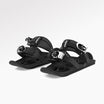
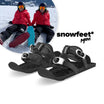
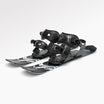
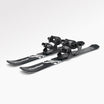

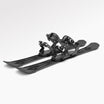

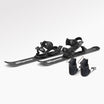






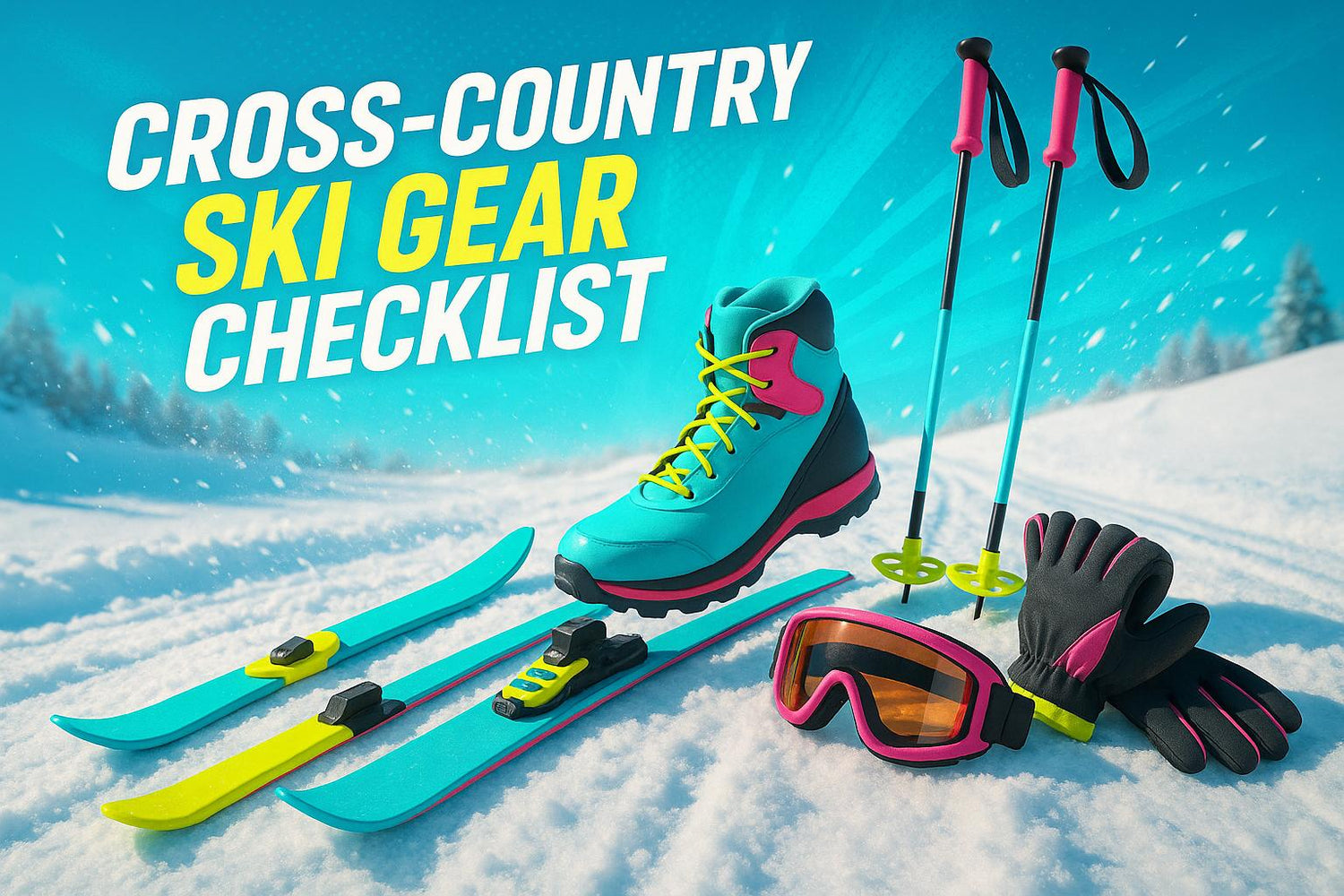

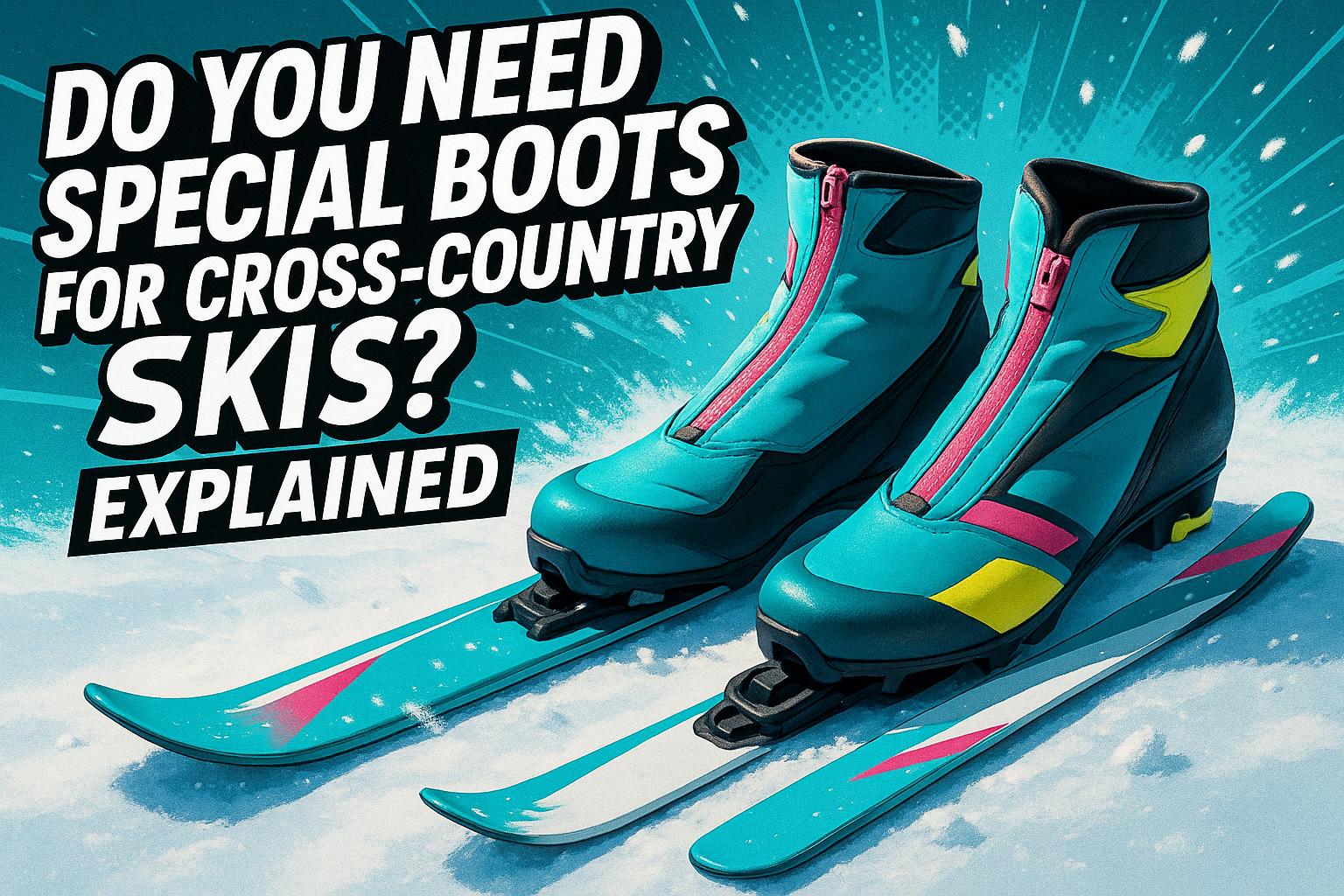




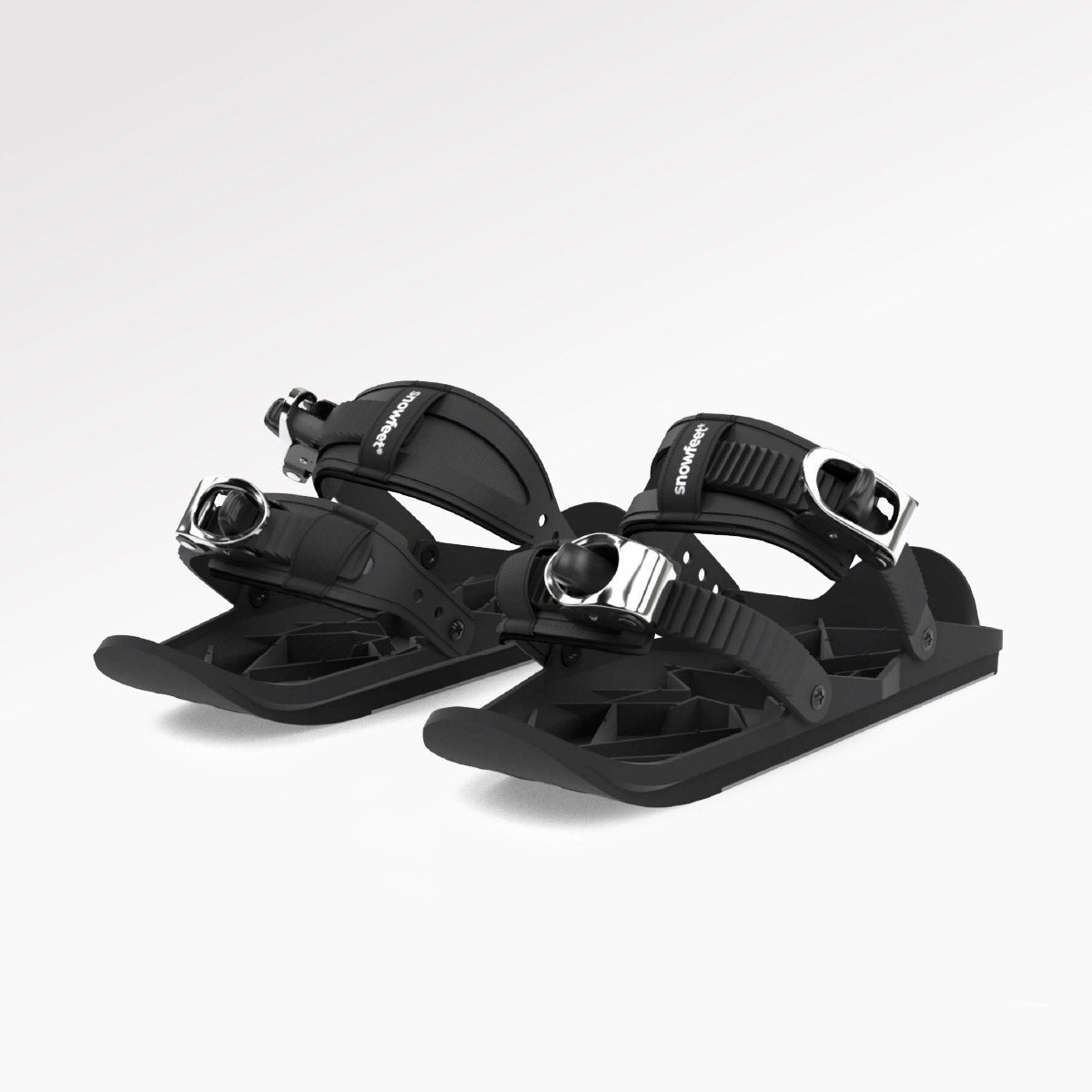
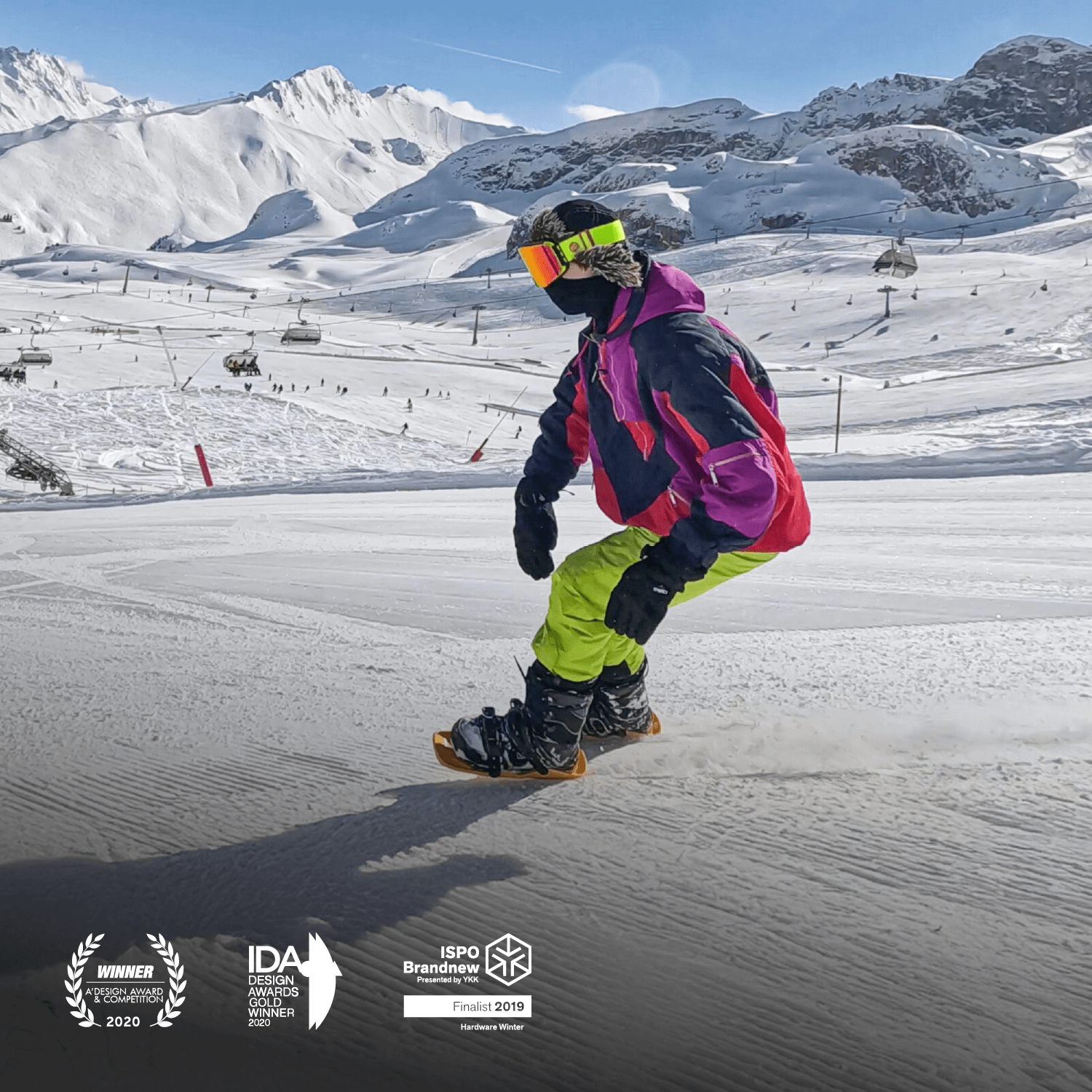
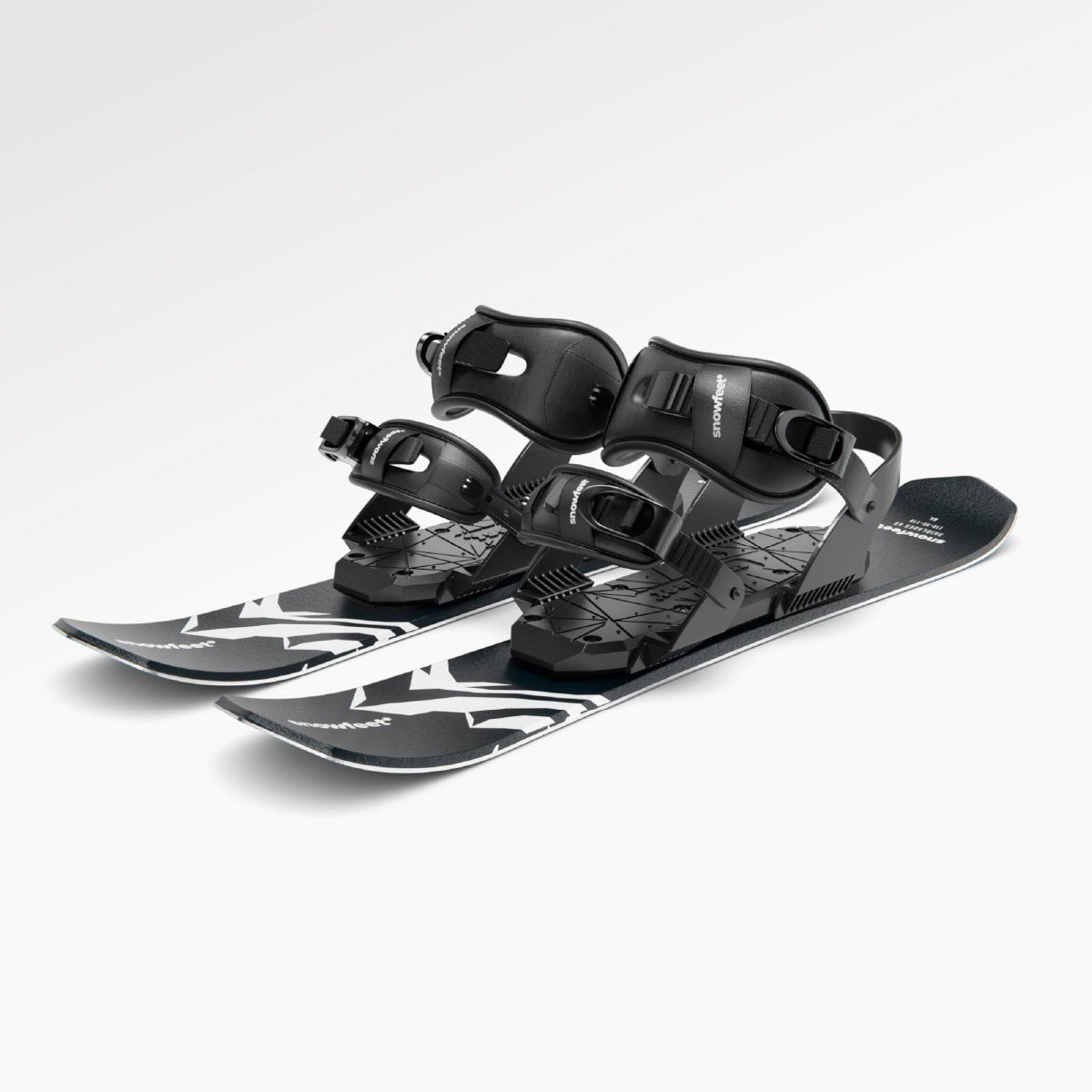

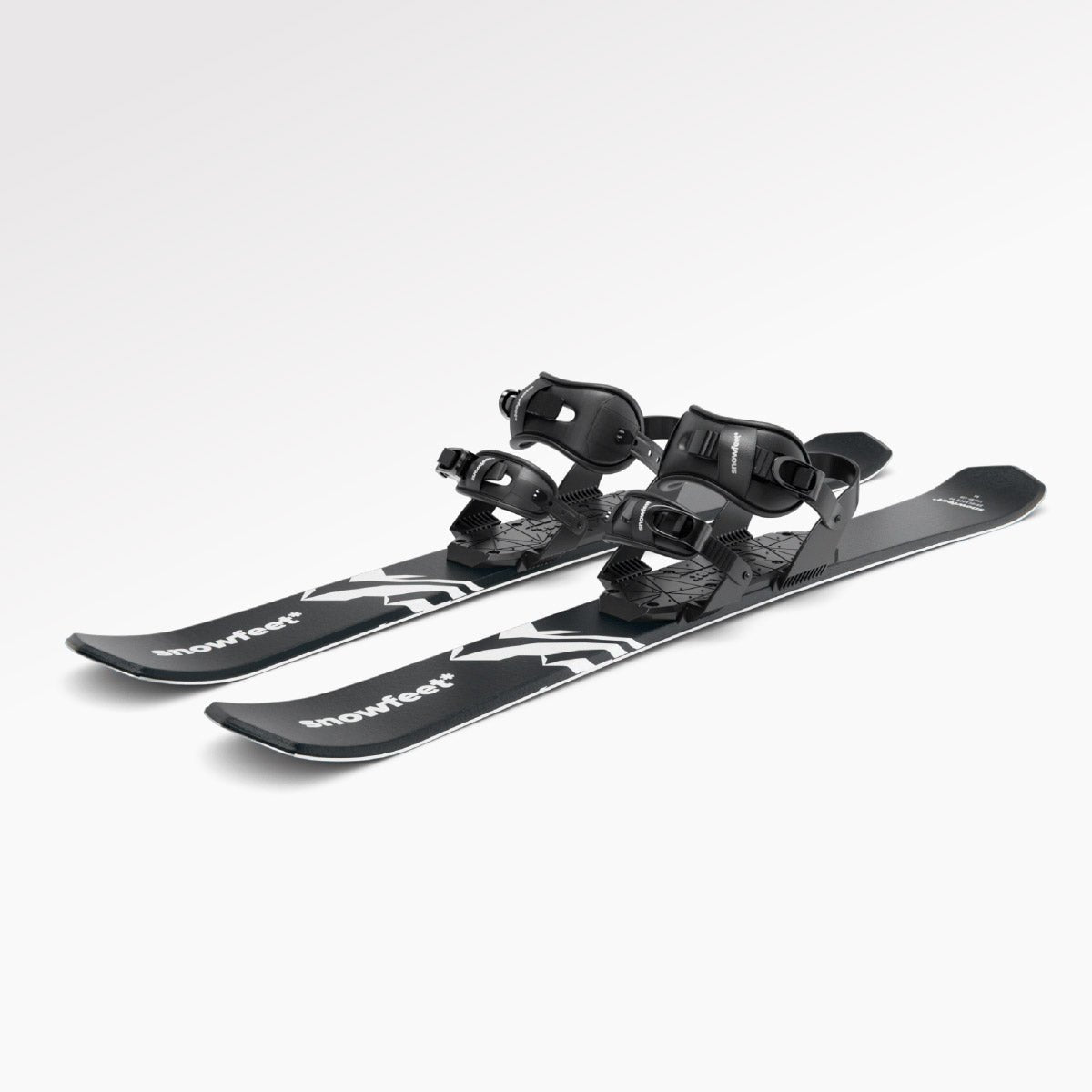

Leave a comment
This site is protected by hCaptcha and the hCaptcha Privacy Policy and Terms of Service apply.